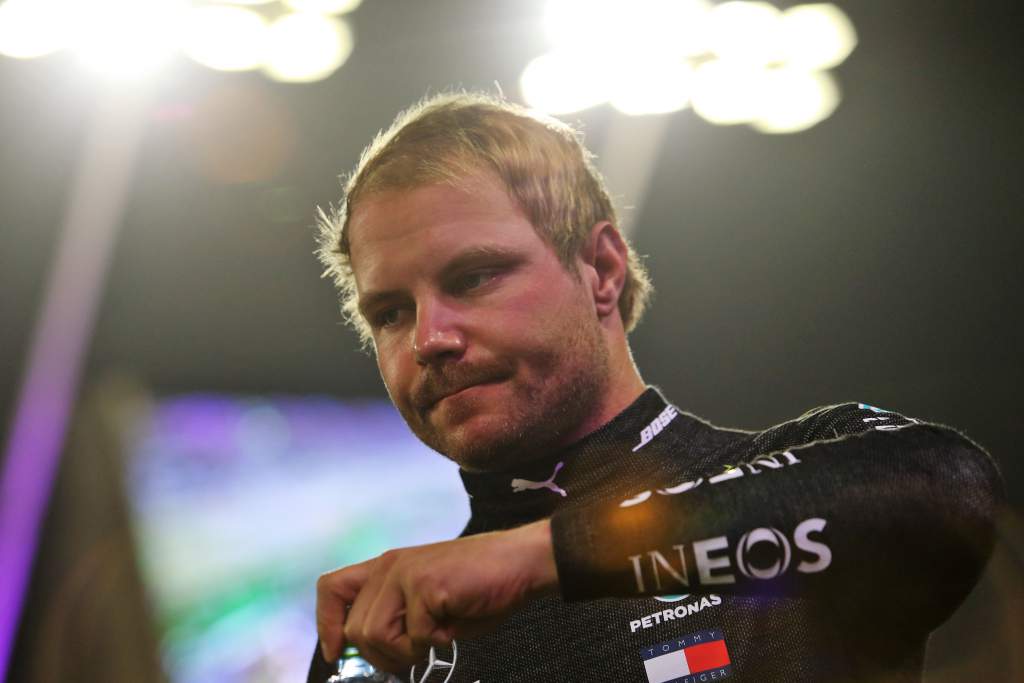Up Next

Valtteri Bottas is perceived as a lame-duck driver at Mercedes, keeping the seat warm until George Russell’s inevitable ascent to take a permanent place at F1’s top team. He’s also often regarded as a top-team failure thanks to being what is arguably one of the toughest places any driver can be in F1 – in the shadow of a superstar team-mate.
Nowhere leaves a driver more badly exposed. Bottas has had the equipment to win the world championship in each of the last four seasons, and will very likely have it again this year, but his tally of nine victories and a couple of runner-up spots seems a poor return by the standards off the all-conquering Lewis Hamilton.
Yes, he’s fallen short of being able to win the world championship, but where he sits is a long way from being a failure.
Bottas is far from the only driver to have been in this invidious position. While on paper it’s everything a racing driver could dream of – a race-winning car, and a multi-million pay packet – the reality is far tougher. It’s to Bottas’s credit that he’s lasted this long, each season earning himself a place at Mercedes for one more year and constantly picking himself up despite being consistently pummelled into submission by Hamilton.
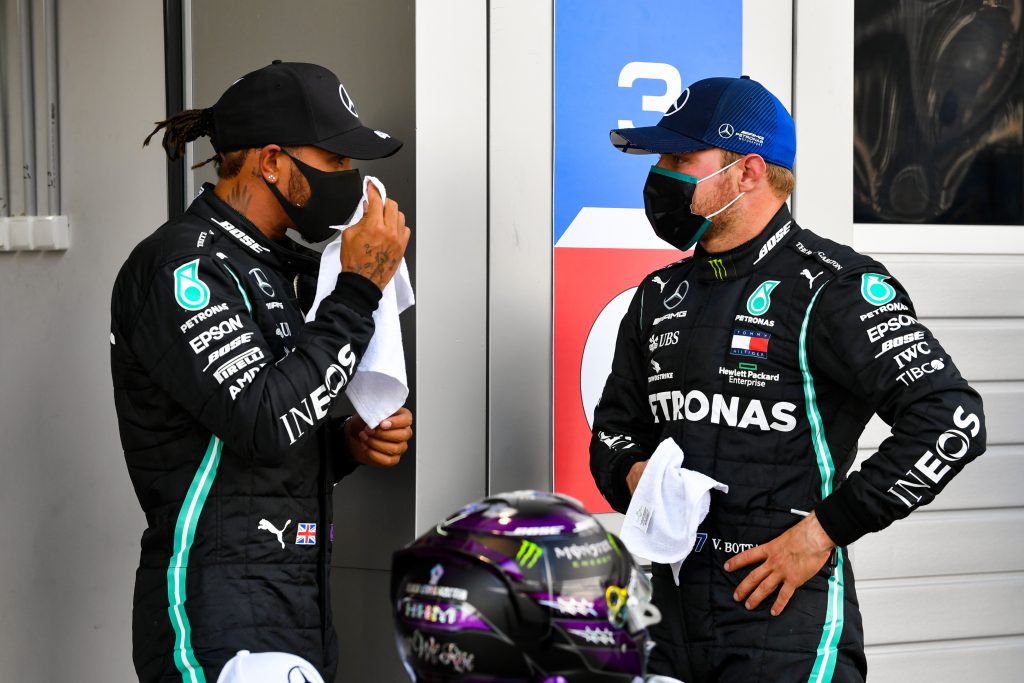
Mercedes technical director James Allison has talked of Bottas’s “tremendous” mental resilience in the past to be able to cope with being Hamilton’s team-mate. It takes robust mental fortitude to do that and while there have been times when he’s hit rock bottom – most memorably after slumping to fifth in the championship in Abu Dhabi at the end or 2018 and after last year’s Spanish Grand Prix – he’s always managed to pick himself up. To find that kind of motivation to go again is impressive.
The evidence is now overwhelming that Bottas will not be able to match or beat Hamilton over a season, unless there’s some kind of sudden decline in form for the world champion or unexpected upswing in Bottas. But Bottas has found ways to inspire himself to keep getting up after being knocked down. Among those techniques appears to be firing himself up with criticism – meaning that the sentence at the start of this paragraph is exactly the kind of thing that helps to fuel him, as is the social media criticism.
It’s easy to mock the numerous reinventions of Bottas that are hailed when he hits a new peak, but they do reflect his capacity to battle on. What drives Bottas is not so much the reality of achieving his ambition, but the focus on pushing towards that goal. That allows him to get the most from himself and while it doesn’t get him there, it does ensure he is able to perform at a very high level.
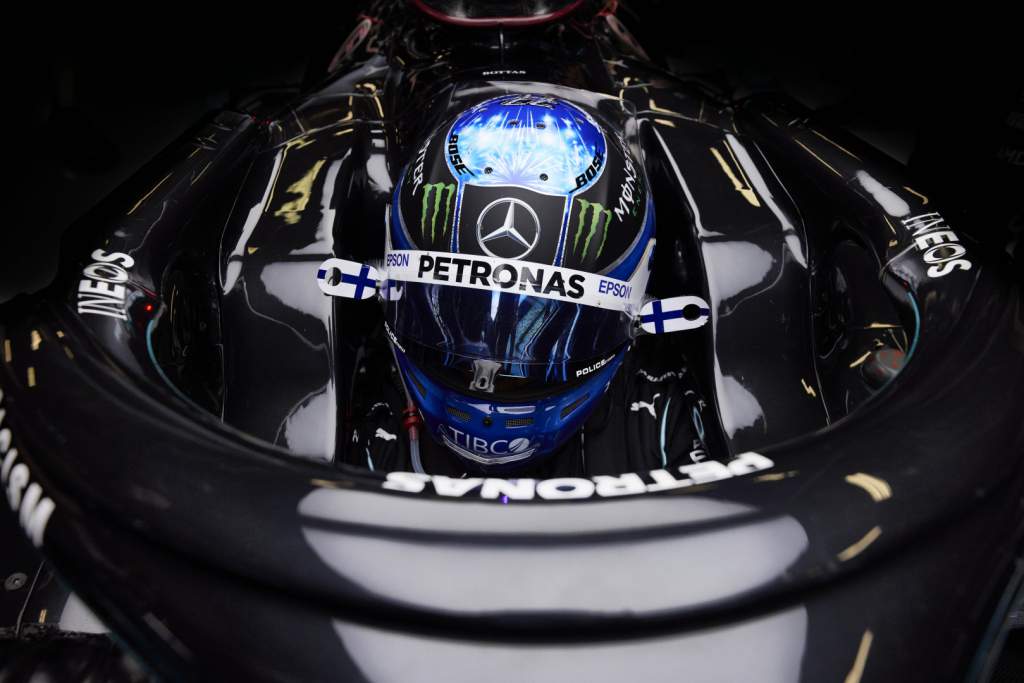
Statistically, Hamilton is the best qualifier in F1 history. You can also make a strong argument that he’s the greatest when it comes to one-lap specials irrespective of the numbers. Yet Bottas has outqualified him one-third of the time during their four seasons together. Last year, the scorecard was 12-5 in Hamilton’s favour, with an average adjusted advantage of 0.082.
While Bottas might not be at Hamilton’s level in qualifying overall, he’s on average less than one tenth away. It’s worth pausing to consider how little time over a lap of several kilometres separates him from greatness. It’s also worth asking how many drivers would outqualify Hamilton one-third of the time in equal machinery.
Granted, qualifying is Bottas’s strong point. Come race day, he is less adaptable than Hamilton and more prone to struggles with varying track and wind conditions. He can’t manage the tyres as effectively, given that’s something Hamilton also excels at for all his complaints over the radio, and generally needs a good day on Sunday to be able to win. That’s why he’s only won nine races in four years compared to 42 in the same period for his team-mate.
Yet nine grand prix victories is still a significant number. Just 34 drivers have won more. Chances are, if you fast-forward 20 years, Bottas will rightly be perceived as having enjoyed a successful F1 career.
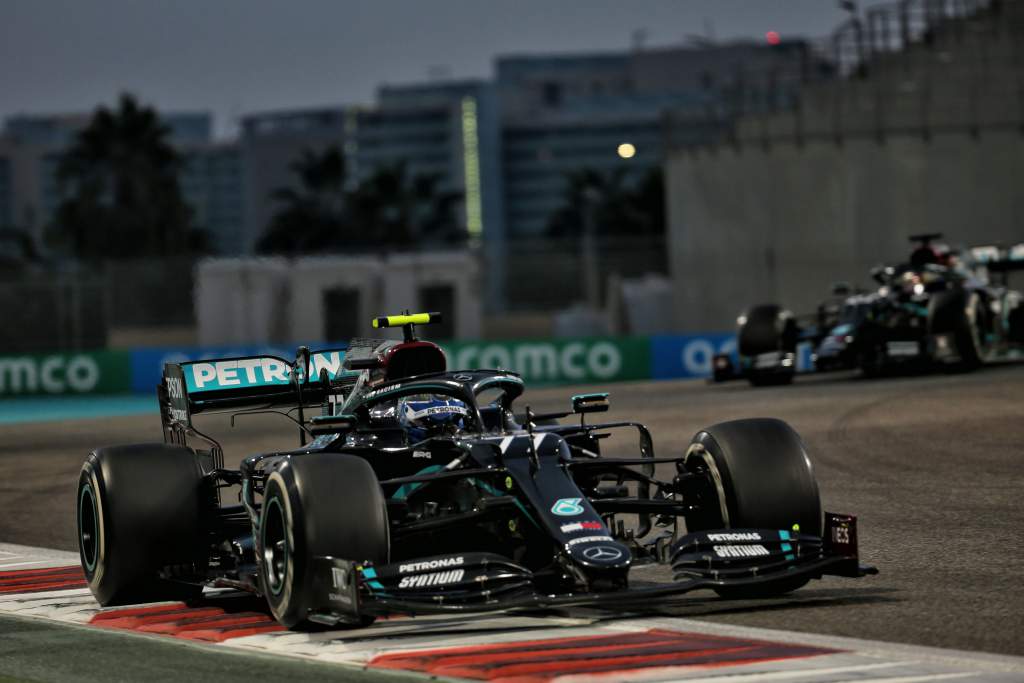
History is full of drivers who are granted that level of respect but, particularly in the social media era, have been subject to ridicule. Before Bottas, it was Mark Webber at Red Bull. Yet he came within touching distance of the 2010 world championship and could be fearsomely fast. Coincidentally, his win tally is the same as Bottas’s.
Before that, there was Rubens Barrichello. Six times he partnered a driver in the season the won the world championship – five times alongside Michael Schumacher at Ferrari and once with Jenson Button at Brawn. Like Bottas, Barrichello shared that determination to win the world championship and even today would probably back himself to be champion in the right car.
To maintain that focus even in the face of regular defeats is not something to be mocked, but respected. Barrichello is rightly held in high esteem for his achievements. The same can be said for any number of drivers who had the misfortune to be paired with one of the all-time greats in F1 – David Coulthard for example.
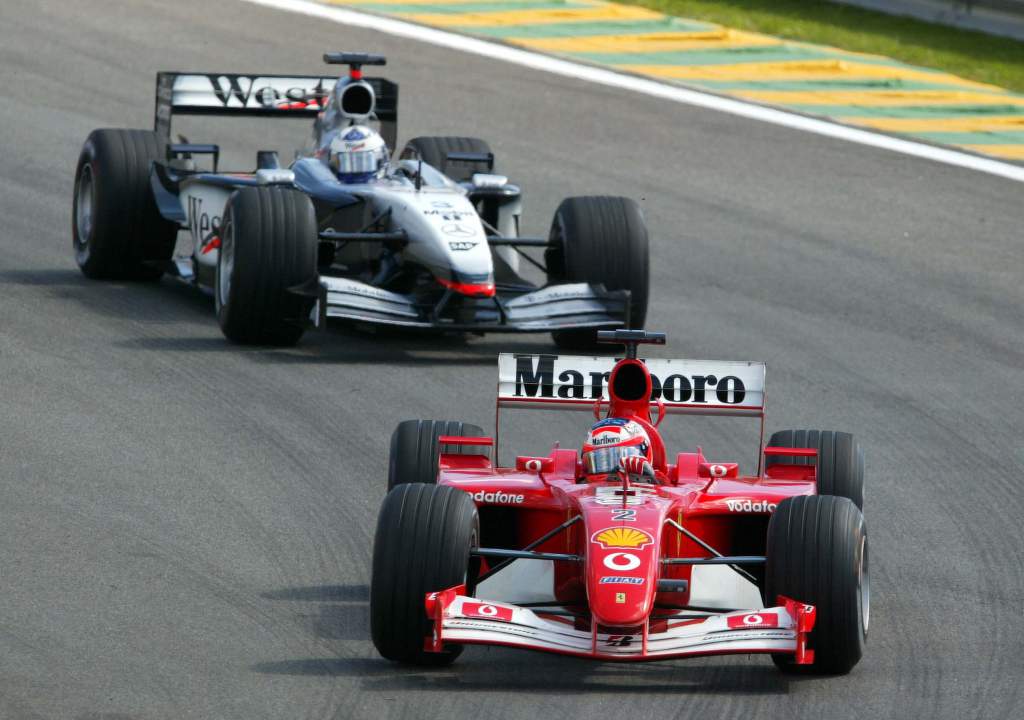
As the seats alongside true greats are usually at frontrunning teams, there is nowhere to hide. Whereas a midfield driver can slide into anonymity without being noticed or be made to look good by being up against a lesser team-mate. That doesn’t mean there isn’t excellence in the midfield, but also shortcomings often don’t show up to the masses.
But if you’re at the front, a tame run to third is often regarded as a terrible failure. It’s true Bottas has had too many Sundays when he hasn’t got the best possible result, but it’s not a binary thing and he’s often turning in performances that are good in absolute terms but appear less than that thanks to what Hamilton is doing.
The easiest way to sum it up is that Hamilton has more tools at his disposal to win races. Not in terms of the equipment the team gives him, but the way he does it. He can win by sheer speed, with miraculous tyre management stints, by pulling off overtaking moves at the critical time, and can be a threat even from lower grid positions. Bottas needs a fairer wind to translate his underlying speed into victory.
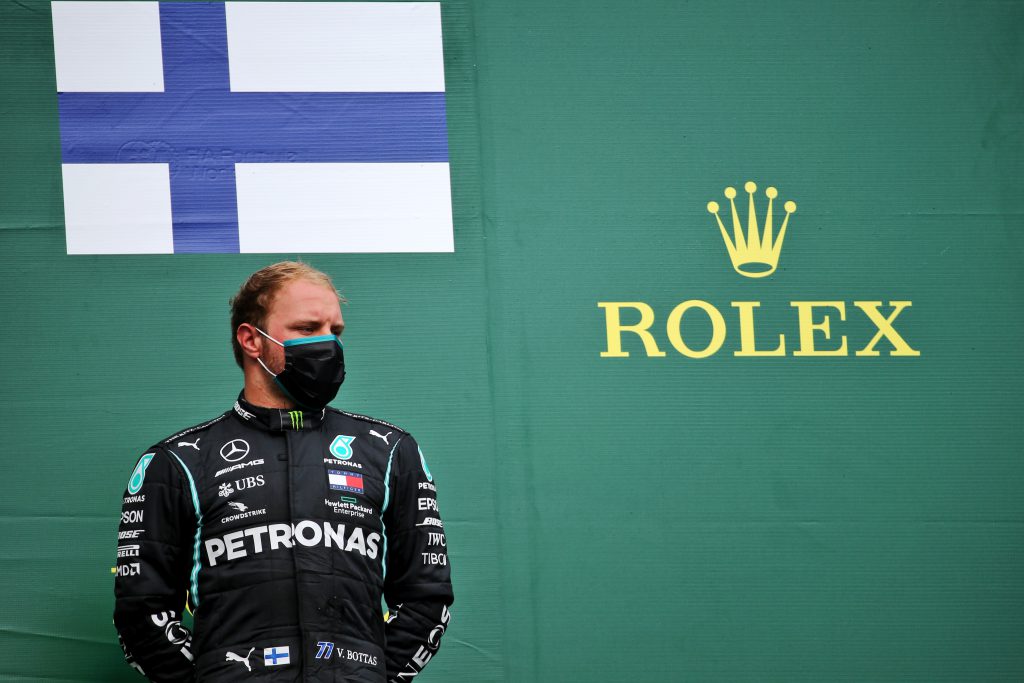
He’s far from alone in that. The standard of drivers in F1 is such that plenty could win races in ideal conditions. Far, far fewer could do so in more challenging circumstances – certainly not on a consistent basis. This is what the few truly great drivers can do, deliver pace regardless of the car characteristics, conditions or situation, and they exist at the very upper end of the spectrum of F1 driver ability. Bottas is among the drivers who are closer to the centre, but still a very long way from the end of the spectrum where drivers can be labelled failures.
It remains to be seen whether Bottas’s particular set of skills will be retained by Mercedes beyond by the end of the season, especially with George Russell knocking on the door, but whatever happens he is likely to be a driver in demand. His experience and abilities could be very well utilised by another team.
So remember this next time you’re condemning Bottas. He may not be a world championship winning driver and he’s by definition not doing as good a job as Hamilton is – or, indeed, as some alternatives might do in that seat – but he’s performing at a good level in a situation that would break many others.

